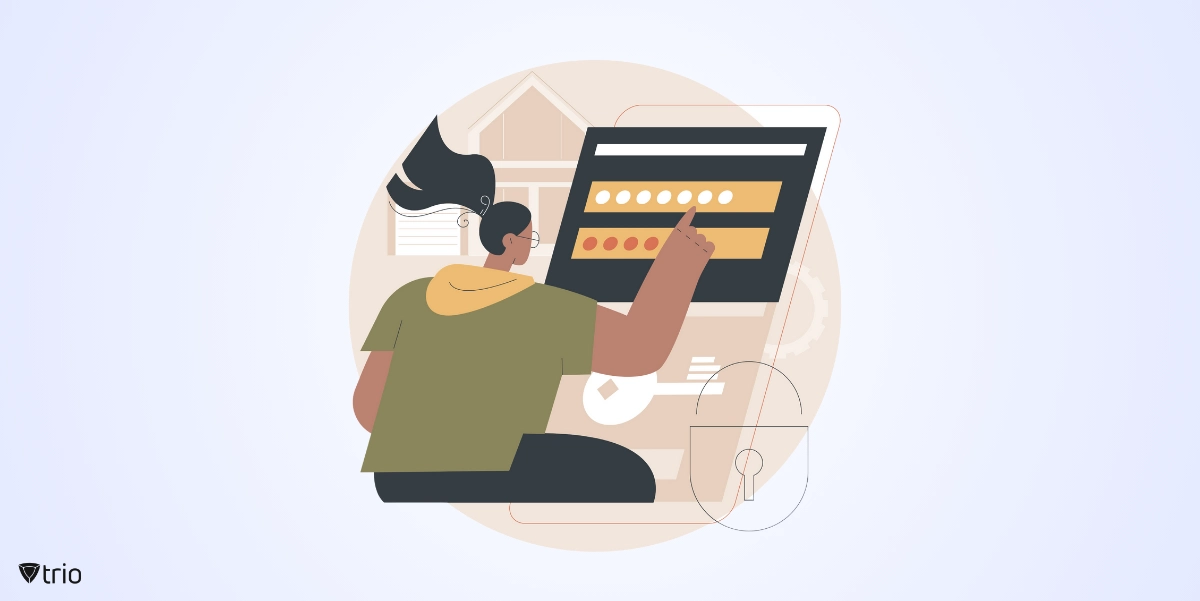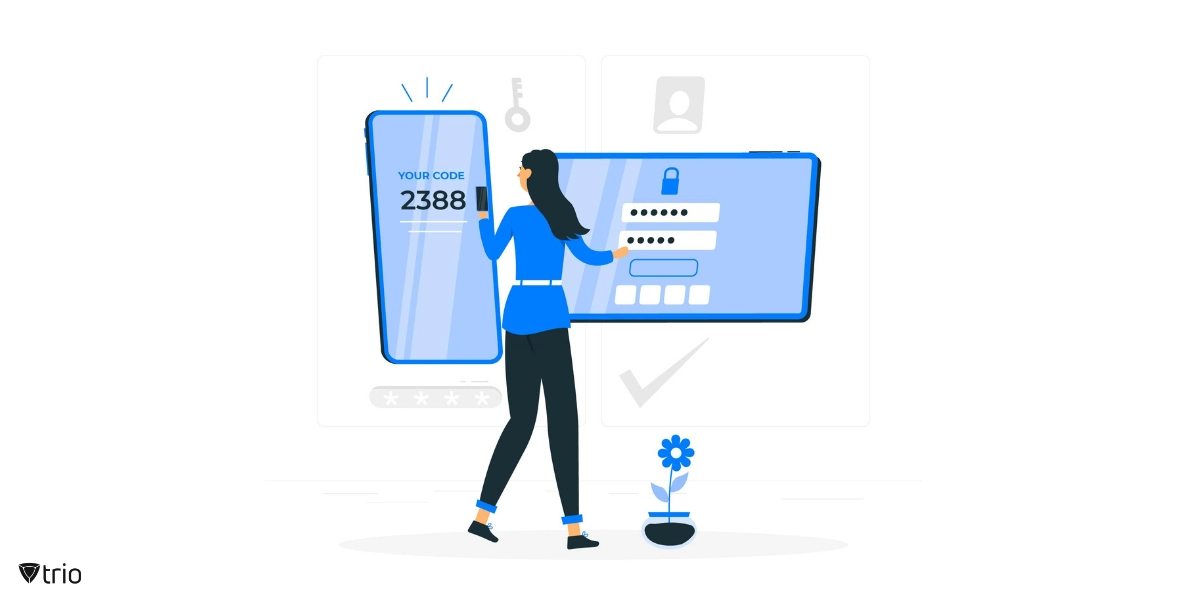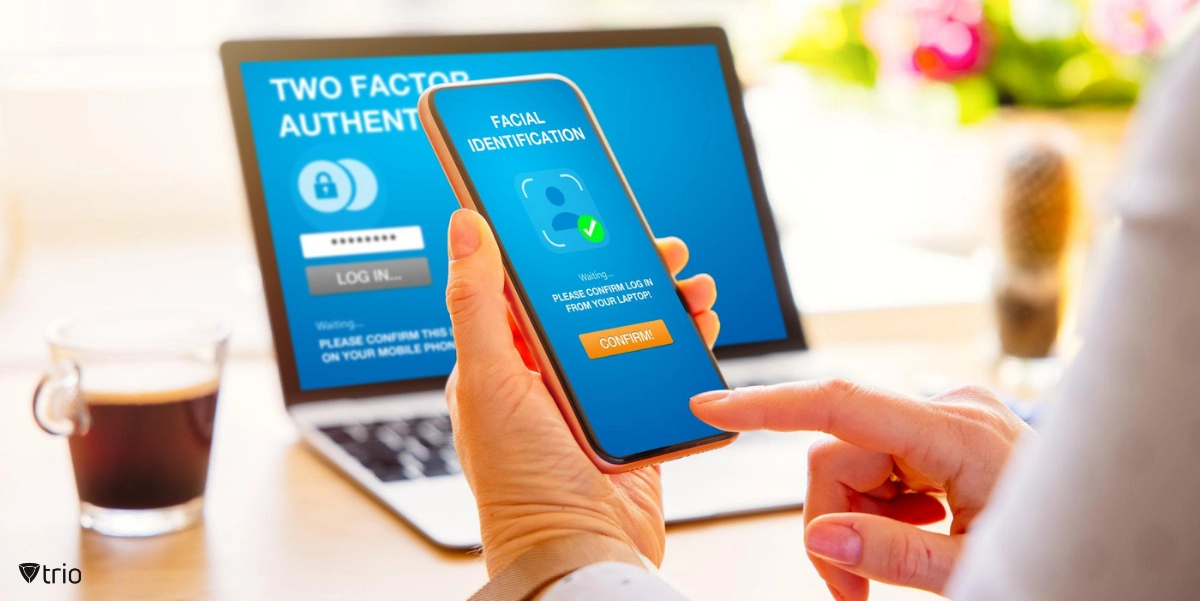In the contemporary digital world, where data breaches and cyber threats are becoming increasingly common, businesses need to prioritize securing customer data. One of the most robust methods to verify customer information is multi-factor authentication (MFA). This article will delve into the significance of MFA, what it entails, and its advantages for businesses. We’ll also look at the varying types of MFA and how it functions, including the cost-effective MFA solutions available.
What Is MFA (Multi-Factor Authentication) in Cyber Security?
Before we dive into the details, it’s essential to understand the MFA meaning correctly. MFA stands for Multi-Factor Authentication and involves verifying a user’s identity by requiring multiple forms of authentication before granting access to data or payment methods. It serves as an additional layer of security that protects online accounts and transactions against hacking and data theft.
MFA requirements typically fall into three categories:
- Something you know: This includes passwords, PINs, or answers to secret questions.
- Something you have: This category includes smart cards or mobile devices.
- Something you are: This refers to biometrics like fingerprints or voice recognition.
These factors ensure that even if a hacker has access to one authentication element, like a password, they still can’t gain unauthorized access without the other factors.

Types of Multi-Factor Authentication: MFA vs. 2FA
One common misconception about MFA is that it’s synonymous with two-factor authentication (2FA). However, while 2FA is a subtype of MFA, they are not the same. Let’s explore the different types of MFA:
Two-Factor Authentication (2FA)
2FA requires two distinct forms of identification before granting access. For instance, this could be a password (something you know) and a temporary code sent to your mobile device (something you have).
Three-Factor Authentication
Three-Factor Authentication takes security a step further by utilizing three separate authentication methods. This approach typically includes a password, a smart card, and a biometric factor like a fingerprint or facial recognition.
Four-Factor Authentication
Though less common, Four-Factor Authentication provides an even higher level of security by requiring four distinct forms of verification. This method could include a password, a smart card, a biometric factor, and a behavioral factor such as keystroke dynamics.
How Does Multi-Factor Authentication Work?
The process of MFA might seem complex, but it’s relatively straightforward. Here’s a step-by-step breakdown:
- The user enters their username and password on a website or application.
- Upon successful entry of the initial login credentials, the MFA process begins.
- The system requests additional authentication factors. The type of factor depends on the MFA method in place. This could be a code sent via text message, a fingerprint scan, or a prompt from a multi-factor authentication app.
- The user provides the requested additional authentication factor.
- Only after successful verification of all factors does the system grant the user access.

The Benefits of Multi-Factor Authentication for Your Business
Now that we understand what MFA is and how it works, let’s go through its key benefits.
Enhanced Security
MFA provides an additional layer of security, making it harder for unauthorized users to gain access. Even if a password is compromised, the hacker would still need the other authentication factors to access the account.
Protection Against Phishing and Other Cyber Attacks
MFA is an effective deterrent against phishing attacks and other types of cyber threats. It ensures that even if a user’s credentials are compromised, the attacker can’t access the account without the additional authentication factors.
Compliance with Regulatory Standards
Certain industries have specific compliance requirements, such as GDPR and HIPAA. Implementing MFA can help businesses meet these regulatory standards and avoid potential fines and penalties.
Increased Customer Trust
Customers appreciate businesses that take their data security seriously. Implementing MFA can enhance customer trust and loyalty, leading to increased customer retention.
Combat Password Fatigue
Many users resort to using simple or reused passwords due to the sheer number of passwords they have to remember. MFA provides an additional line of defense, ensuring that accounts remain secure even if the password is compromised.
Simplifies the Login Process
Single sign-on (SSO) logins have made MFA much more user-friendly. SSO allows users to log in to multiple applications and websites with one set of credentials, often using a one-time password (OTP).
Reduces Operating Costs
By reducing the occurrence of fraud and data breaches, MFA can lower operating costs. It can also reduce the number of password reset requests, saving time and resources for businesses.
Increases Flexibility
With various types of MFA solutions available, businesses can choose the one that best suits their needs, budget, and IT infrastructure.
Cost-Effective Security Solutions
While ensuring security through implementing MFA might seem like a costly affair, especially for small and medium-sized businesses, it doesn’t have to be. Several cost-effective MFA solutions in the market provide robust security without breaking the bank. You can also use MDM solutions like Trio, which are affordable even for small businesses.
MDM solutions play a pivotal role in mitigating risks associated with mobile devices within an organization. These solutions provide control and oversight over the use of smartphones, tablets, and other mobile devices, ensuring that they adhere to security policies and protocols. Try out Trio’s free demo and see how you can make a difference in mitigating and managing IT risks.
Conclusion: Future of Multi-Factor Authentication
With advancements in technology and an increasing focus on data security, MFA is set to become even more commonplace in the future. Technological advancements, especially in the field of biometrics, are likely to lead to more secure and user-friendly MFA solutions.
See Trio in Action: Get Your Free Trial Now!
As businesses continue to recognize the importance of data security, implementing MFA will become a standard practice. If you’re not already using MFA, now is the time to start. It’s an investment in the security of your business and the trust of your customers.
Remember, when securing your business and customer data, it’s always better to be safe than sorry. Implement multi-factor authentication today and give your business the security it deserves.




